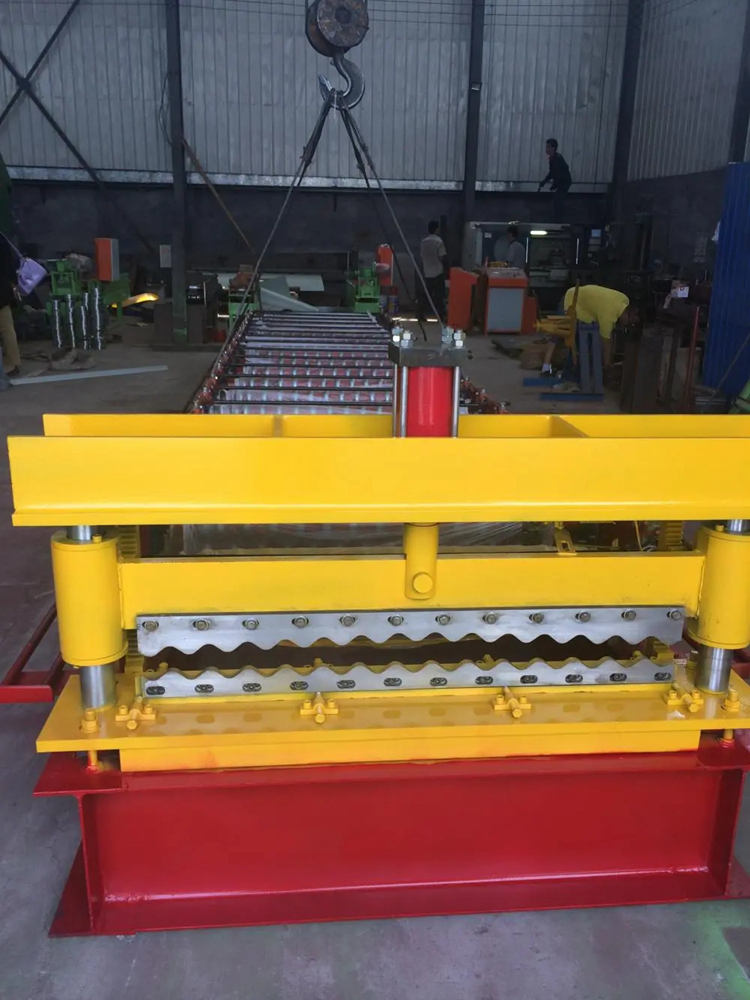
The Importance of C&Z Purlin Forming Machines in Modern Construction
In the realm of modern construction, efficiency, durability, and cost-effectiveness are paramount. Among the various components that contribute to these factors, C&Z purlins have emerged as essential structural elements. As demand for high-quality purlins continues to rise, C&Z purlin forming machines have become indispensable tools in manufacturing processes. This article explores what C&Z purlin forming machines are, their applications, and their benefits in the construction industry.
What are C&Z Purlins?
C&Z purlins are long, horizontal structural members used to support roof and wall systems. They come in two distinct shapes—C-shaped and Z-shaped—and are typically made from high-strength steel. These purlins are crucial because they provide structural support and stability to buildings while allowing for lightweight designs. Their ability to handle various load types makes them popular in both commercial and industrial applications.
Overview of C&Z Purlin Forming Machines
C&Z purlin forming machines are specialized equipment designed to manufacture C and Z purlins efficiently and accurately. These machines can produce purlins in different sizes and thicknesses, ensuring versatility in meeting the diverse needs of construction projects. The forming process involves feeding steel coils into the machine, where they are shaped, cut, and punched according to specified dimensions.
Most modern C&Z purlin forming machines incorporate advanced technology, including computer numerical control (CNC), which ensures precision and repeatability. Additionally, automation features significantly enhance production speed, allowing manufacturers to keep up with the growing demand for purlins.
Applications in Construction
C&Z purlins are widely used in various construction projects, including industrial buildings, warehouses, agricultural structures, and even residential buildings. They serve as primary support structures for roofing systems, providing the necessary strength and stability to withstand environmental pressures such as wind and snow loads. Furthermore, their lightweight design makes transportation and installation easier, significantly reducing labor costs.

In addition to their structural roles, C&Z purlins can be integrated into complex designs, accommodating architectural aesthetics while fulfilling functional requirements. Their versatility means they can be manufactured to meet specific project needs, such as custom lengths or additional reinforcement for certain structural applications.
Advantages of Using C&Z Purlin Forming Machines
1. Cost Efficiency C&Z purlin forming machines streamline the manufacturing process. By producing purlins in-house, companies can save on raw material costs and reduce the expenses associated with outsourcing.
2. High Precision With CNC technology, these machines offer precise cutting and shaping, ensuring that each purlin meets the highest quality standards. This precision reduces wastage and enhances quality control.
3. Customization Builders can specify the exact dimensions and specifications they require, allowing for tailored solutions that fit unique project needs.
4. Faster Production Time Automation features enable quicker turnaround times, allowing manufacturers to respond promptly to market demands and client requirements.
5. Durability Purlins produced by these machines are made from high-quality materials, leading to stronger and more durable building components, which ultimately increase the lifespan of the structures they support.
Conclusion
C&Z purlin forming machines are pivotal in the modern construction landscape, offering a blend of efficiency, precision, and customization that meets the industry's evolving demands. Their ability to produce high-quality C and Z-shaped purlins has transformed how structures are built, making projects more cost-effective and reliable. As the construction industry continues to innovate, the role of purlin forming machines will only become more critical, further enhancing the sustainability and resilience of future buildings. In light of these advantages, investing in such machinery is a strategic move for manufacturers aiming to capitalize on the growing construction sector.